Invisible Architecture in Nineteenth-Century Literature: Rethinking Urban Modernity by Ben Moore offers a fresh perspective on urban modernity in nineteenth-century literature. Through the concept of ‘invisible architecture,’ Moore examines hidden, mobile, and transparent elements of city spaces as part of a cohesive system. Challenging traditional narratives of nineteenth-century progress from concealment to transparency, the book presents a dynamic interaction between these contrasting tendencies.
The book is divided into two parts:
-
Part I explores the cities of three influential writers—Elizabeth Gaskell’s Manchester, Charles Dickens’ London, and Émile Zola’s Paris—focusing on spaces such as cellar-dwellings, railways, rivers, and department stores.
-
Part II broadens the scope by analyzing three spatial forms often overlooked in discussions of nineteenth-century modernity: the Gothic cathedral, the arabesque, and white walls.
This work offers a new understanding of the period’s uneven modernity, providing critical insights into how architecture and literature intertwine in shaping the urban experience.
Key Features:
-
Innovative Concept: Introduction of the ‘invisible architecture’ framework to analyze hidden and transparent city spaces
-
In-depth Analysis: New readings of key nineteenth-century writers and their cities
-
Broad Scope: Exploration of Gothic cathedrals, arabesques, and the significance of white walls
-
Challenging Traditional Narratives: Rejects linear progressions in favor of dynamic interactions between concealment and transparency
-
Part of Edinburgh Critical Studies in Victorian Culture: A key resource for Victorian studies scholars and enthusiasts
Ideal For:
-
Scholars and students of Victorian literature and urban studies
-
Those interested in the intersections of architecture, space, and modernity
-
Readers seeking a novel analysis of nineteenth-century city life and cultural spaces
Authors:
Ben Moore (Author)
From the book:

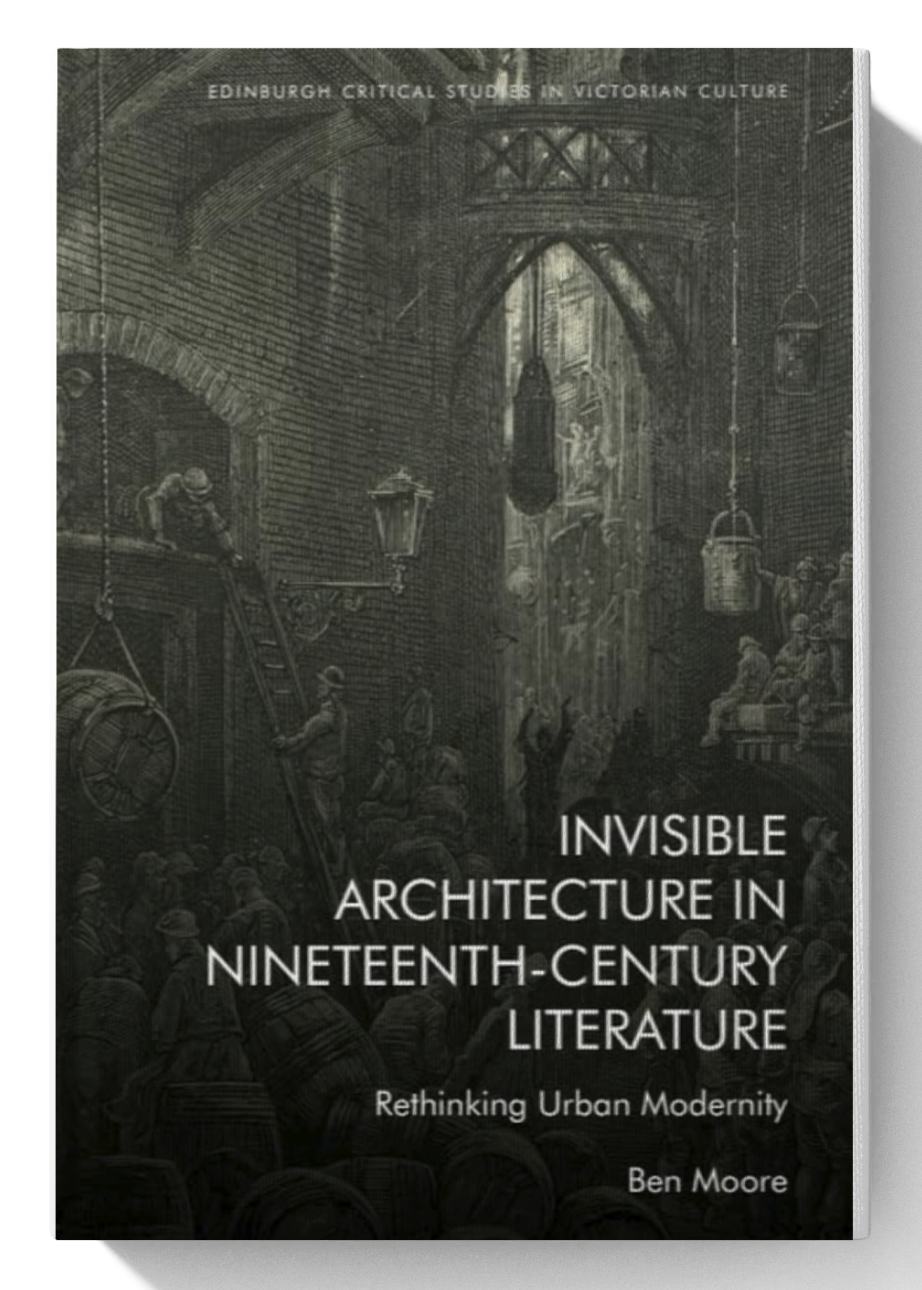
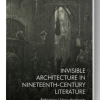

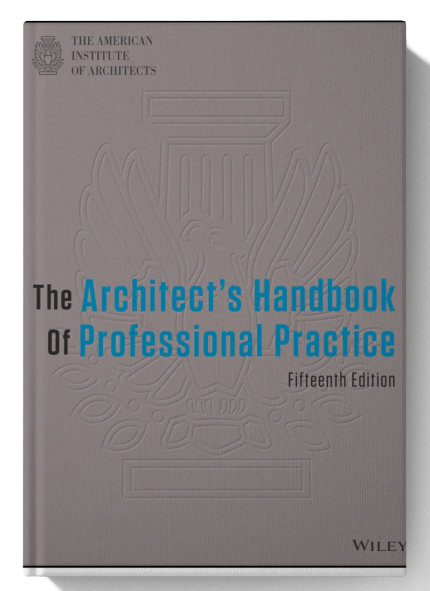
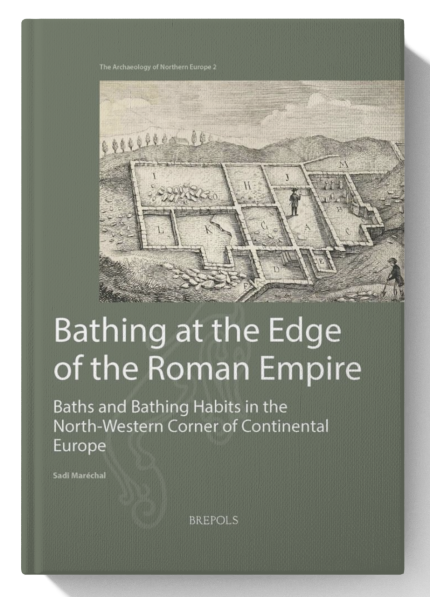
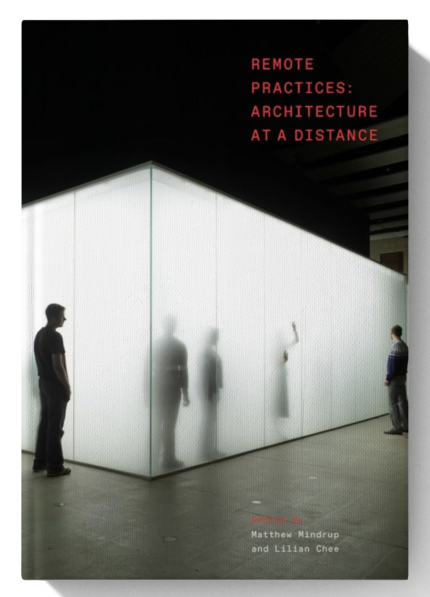
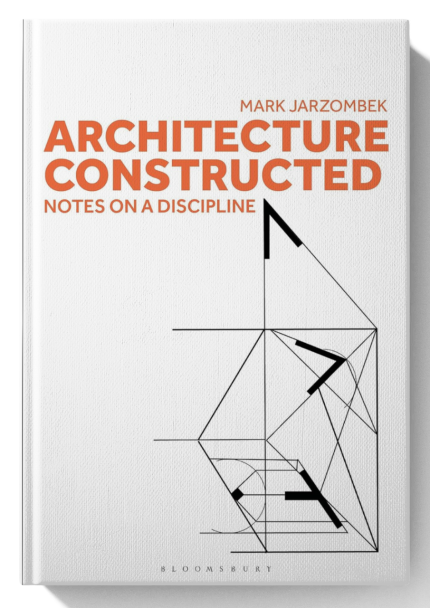
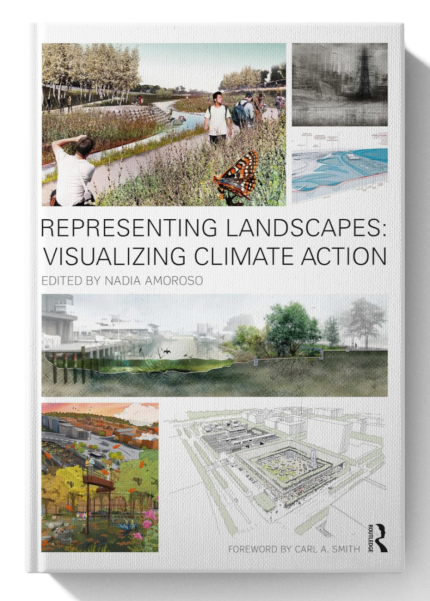
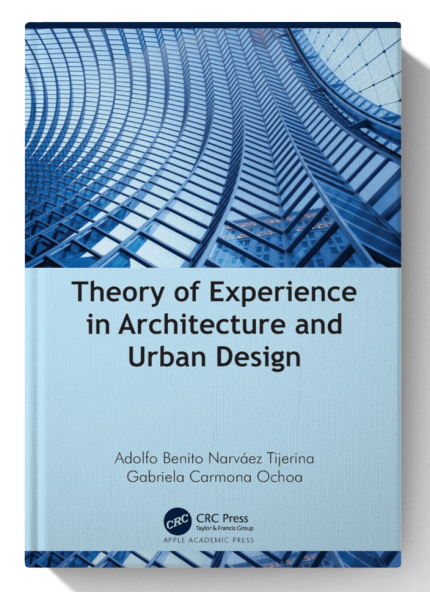
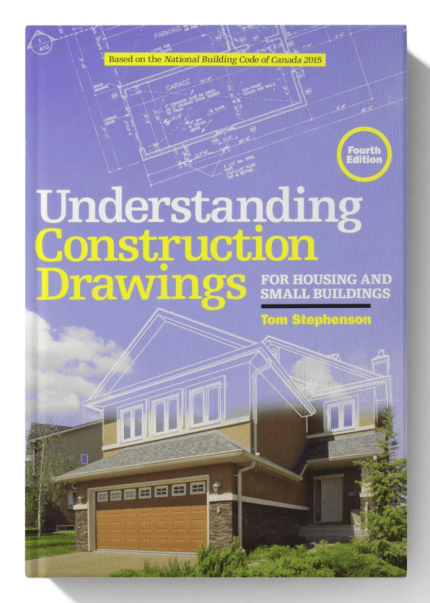
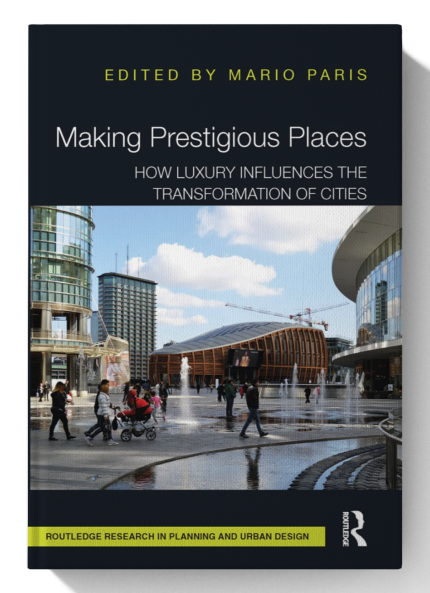
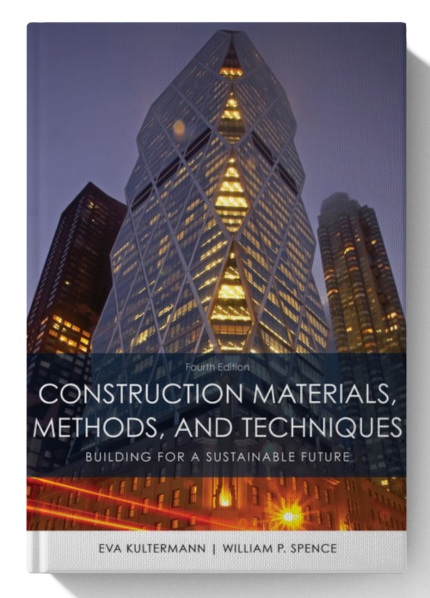
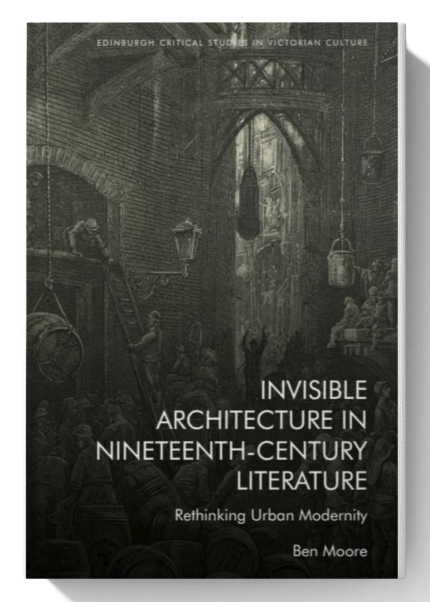
Reviews
There are no reviews yet.